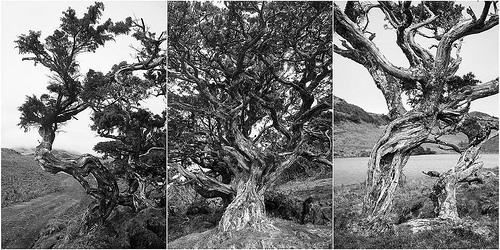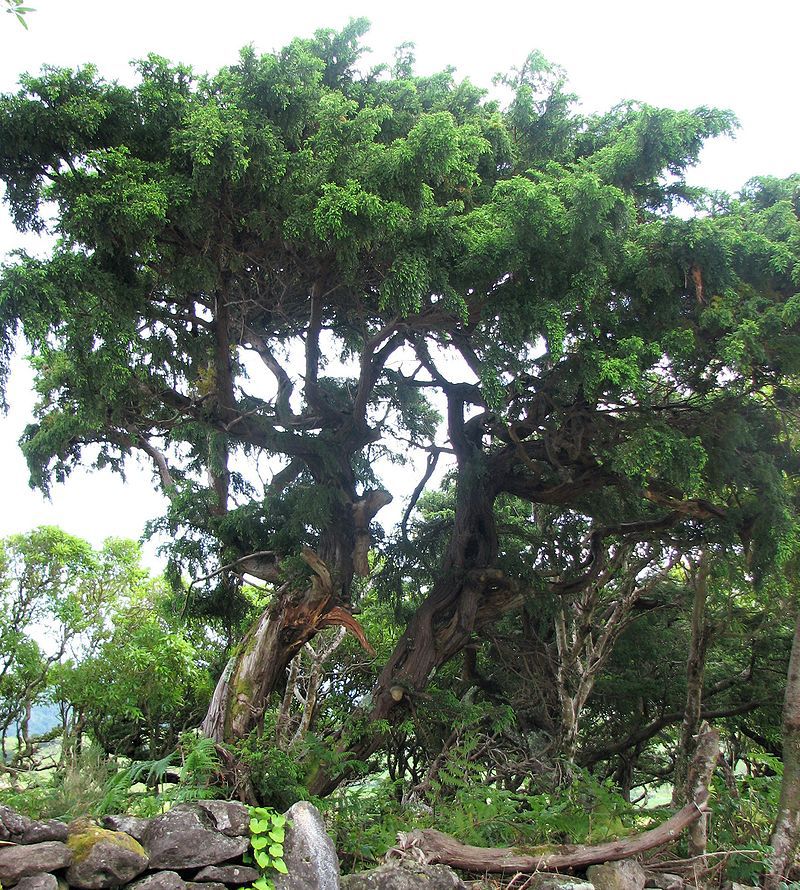Juniperus brevifolia as described in 1857 by Franz Antoine (1815-1886), in Cupress. Gatt. 16th edition, is commonly known as Azores juniper. It is closely related to Juniperus oxycedrus (Prickly juniper) of the Mediterranean region and Juniperus cedrus (Canary Islands juniper) of the Canary Islands. It was first described as a short-leaved variety of Prickly juniper (i.e. J. oxycedrus var. brevifolia Seub. 1844), hence the species name, Latin for "short-leaf."




